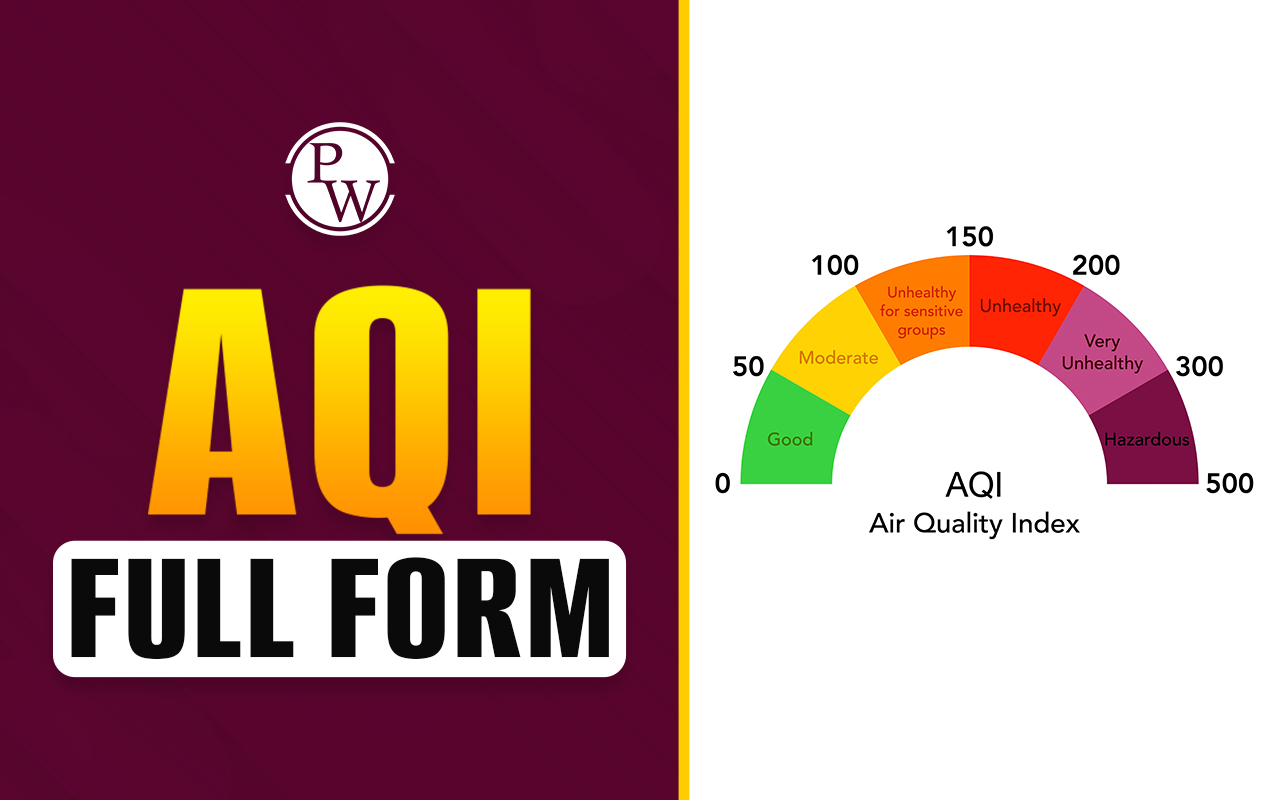

The full form of WWW is the World Wide Web. The World Wide Web (WWW) is a global network of information resources, including web pages, multimedia content, and other digital resources, that are linked together and accessible via the internet. The WWW was invented by Sir Tim Berners-Lee in 1989 while he was working at CERN, the European Organization for Nuclear Research.
What is the World Wide Web (WWW)?
The World Wide Web (WWW), commonly known as the Web. It is a global network of digital resources that are linked together and accessible via the internet. The Web allows users to access and share information from anywhere in the world using a web browser or that software application. It is based on a system of hyperlinks that connect one resource to another, allowing users to navigate between different web pages and websites with ease.
Function of WWW
The World Wide Web (WWW or Web) serves a variety of functions, including:
1. Information sharing
The Web allows individuals and organizations to easily share information with a global audience, including text, images, video, and other digital content.
2. Communication
The Web enables communication between individuals and groups through email, messaging, and social media platforms.
3. Entertainment
The Web provides access to a wide range of entertainment content, including music, movies, games, and other forms of digital media.
4. E-commerce
The Web facilitates online commerce, allowing businesses to sell products and services directly to customers through websites and other digital channels.
5. Education and research
The Web provides access to vast amounts of educational and research content, including online courses, academic journals, and research databases.
6. Collaboration
The Web enables collaboration between individuals and groups, allowing them to work together on projects and share information in real-time.
7. Personalization
The Web allows users to personalize their online experiences through customized content, recommendations, and other features.
8. Social networking
The Web provides a platform for social networking, allowing individuals to connect with others and share information and experiences
History of WWW
The history of the World Wide Web (WWW or Web) begins in 1989 when Sir Tim Berners-Lee, a computer scientist working at CERN, the European Organization for Nuclear Research, proposed a way to share and access information using a system of interconnected digital resources. Berners-Lee's vision was to create a system that would be accessible to anyone with an internet connection, regardless of location or device.
In 1990, Berners-Lee developed three key technologies that are still used today to make the Web possible:
- HTML (Hypertext Markup Language) for creating web pages
- URL (Uniform Resource Locator) for identifying the location of web pages
- HTTP (Hypertext Transfer Protocol) for transferring web page data between servers and clients.
The first website was launched in 1991, and it provided information about the World Wide Web project. In 1993, the first web browser, called Mosaic, was released, making it easier for users to access and navigate the Web. This led to a rapid growth in the number of websites and users, and by the mid-1990s, the Web had become a global phenomenon.
Throughout the 1990s and early 2000s, new technologies and standards were developed to improve the Web's functionality and usability, including Cascading Style Sheets (CSS) for controlling the layout and presentation of web pages, JavaScript for adding interactivity to web pages, and XML for structuring data.
In the 2010s, the Web continued to evolve with the widespread adoption of mobile devices and the emergence of new technologies like HTML5, which allowed for more dynamic and interactive web experiences. Today, the Web is an essential part of modern life, and billions of people use it every day to access news, entertainment, education, communication, and more.
Future of WWW
The future of the World Wide Web (WWW or Web) is expected to be shaped by several key trends and developments, including:
1. The Internet of Things (IoT)
The Web is expected to become more integrated with the physical world through the proliferation of IoT devices, which will generate vast amounts of data that can be accessed and analyzed using the Web.
2. Artificial Intelligence (AI)
The Web is already being transformed by AI, with chatbots, virtual assistants, and other AI-powered tools becoming more prevalent. As AI technology advances, it is expected to enable more personalized and intelligent web experiences.
3. Augmented Reality (AR) and Virtual Reality (VR)
AR and VR technologies are expected to revolutionize the way people interact with the Web by creating immersive, interactive experiences that go beyond traditional web pages
4. Block chain Technology
Block chain technology has the potential to transform the Web by providing a more secure and transparent way to exchange information and conduct transactions.
5. Accessibility
The Web is expected to become more accessible to people with disabilities through the adoption of new technologies and standards that improve web accessibility.
6. Privacy and Security
As concerns over privacy and security continue to grow, the Web is expected to evolve to provide users with more control over their data and better protection against cyber threats.
Overall, the future of the Web is likely to be characterized by greater integration with the physical world, more intelligent and personalized web experiences, and a stronger focus on privacy and security.
[wp-faq-schema title=" Full Form of WWW FAQs" accordion=1]
What is the World Wide Web?
Who invented the World Wide Web?
What is a URL?
What is a web browser?
What is HTML?
What is HTTP?
What is a search engine?
What is a cookie?
What is a hyperlink?
What is a website?












